Have you ever wondered how to distinguish the four Andean camelids? You're not the only one, with their characteristic Andean style and several similarities, knowing the difference between llamas, alpacas, vicuñas and guanacos is not always easy. Although they share certain characteristics, each has unique details, such as size and type of wool, that make them special.
These four animals are an essential part of Peru's natural landscape and are deeply linked to the Inca Empire. Here we explain everything about them, their distinctive traits and other fascinating facts that will make it easy to identify them. Get ready to be an expert on Andean camelids!
Llama (Lama Glama)
It is a relative, without a hump, of the camels. Its habitat is the Andean plateau of Argentina, Bolivia, Chile, Colombia, Ecuador and Peru. The inhabitants of that area of South America domesticated it for particular purposes, such as cargo and meat and wool.
Origin and history
Although there is a whole legend about its divine origin at the time of the mythical foundation of the Inca Empire by Manco Capac and Mama Ocllo, its origin dates back thousands of years from the domestication of the guanaco, particularly in the Andean area of Bolivia, Chile, and Peru.
Physical characteristics
- Adult size: up to 1 meter and 60 centimeters, with a maximum weight of up to 200 kilograms.
- Coat: Abundant and woolly.
- Colors: They can be white, black, or reddish brown, with different shades or a combination of large spots.
Main use
Since the days of the Inca Empire, they have been used as pack animals because they can carry up to a quarter of their weight. Their meat is edible and highly prized. Their skin is used to make leather, and their wool is used to make ropes, various types of fabrics, and carpets.
➡️Did you know? A llama in The Emperor's New Groove
In this famous animated movie, the main character, Emperor Kuzco, is transformed into a llama. This fun cultural reference has made llamas even more beloved and recognizable around the world.
Alpaca (Vicugna Pacos)
It is a native mammal of the Andes of Argentina, Bolivia, Chile, Ecuador, and Peru. Because it has similar characteristics to the vicuña, it is believed to be descended from it. Since its origin, it has been an essential part of the culture and economy of the Andean region.
Origin and history
Its domestication, which has been a long evolutionary process, dates back some 5,000 years. It is one of the first animals whose domestication was carried out by the inhabitants of that area of South America. From the days of the Colony until the present, its importance is basic for different activities due to its physical characteristics, such as adaptation and resistance to the environment, in addition to the usefulness of its fiber.
Physical characteristics
- Size: Approximately 90 centimeters tall and a length that can range from 1 meter 20 and 20 centimeters to 2 meters 25 centimeters.
- Coat: Woolly and soft.
- Colors: Black, white, gray or brown.
Main use
It is vitally important to the communities of many localities in this area of the Andes because its meat, skin, and fiber are used. Its fiber is highly appreciated for its durability, warmth, and softness. Due to these characteristics, a wide variety of textile products are made.
➡️Did you know? Alpacas in Rainbow Mountain
At Rainbow Mountain, you'll not only see stunning colors in the landscape, but also encounter alpacas grazing and ready for photos. These friendly animals are used to visitors and add a unique charm to the breathtaking scenery!
Vicuña (Vicugna vicugna)
Related to camelids, this mammal is characteristic of the entire Andean plateau, from northern Peru to western Bolivia, the extreme northwest of Argentina, and northern Chile. It lives at altitudes of 3,500 to 5,750 meters above sea level.
Origin and history
Several rigorous investigations and archaeological findings have proven that the vicuña was of great importance to the inhabitants of the Andes of America 11,000 years ago because of its meat, skin, and bones.
When vicuñas and guanacos were domesticated some 5,000 years ago and later crossed, alpacas and llamas were obtained. During the Inca Empire, they were also vital, but they were preserved because they were believed to be descended from the gods. They were not the same in times of conquest and colony because they were hunted without regulation to take advantage of their fiber.
Physical characteristics
- Size: Height from 75 to 95 centimeters and length from 155 to 165 centimeters.
- Coat: Highly appreciated by the textile industry for being very fine.
- Colors: The back, sides, and neck are cinnamon or light brown. The silky and long locks on the chest are a slightly dirty white.
Main use
Its main use is for its very soft fiber, the most sought-after fur in the world, which is why it has been in danger of extinction. Even since 1960, protection and restriction measures have been maintained to prevent its disappearance.
➡️Did you know? Vicuña Paradise
In Ayacucho, Peru, is the Pampas Galeras National Reserve, dedicated to the protection of peruvian vicuñas, which were close to extinction due to indiscriminate hunting in 1960. Today, thanks to conservation in this area, their population has recovered. In the reserve, the traditional Chaccu, a ceremony where the vicuñas are sheared in a sustainable way, takes place.
➡️ Learn more about Vicunas
Guanaco (Lama guanicoe)
It is also from the camelid family and very similar to the llama, but smaller and lighter. Its habitat is semi-arid, from Peru to the distant Tierra del Fuego.
It has been a fundamental source of food and clothing for those who have populated territories where this herbivore has been abundant since ancient times, at least 8,000 years ago.
Origin and history
Originally from an extensive territory in South America, the llama descends from guanacos that were domesticated more than 6,000 years ago, according to some research.
Physical characteristics
- Size: An adult measures 1 to 1 meter and 20 centimeters in height. It can reach 2 meters and 25 centimeters in length.
- Coat: Woolly and thick, shorter than that of the alpaca and the llama, and longer than that of the vicuña.
- Colors: The upper part is reddish to light brown, the lower part is white, and most of the face is black or greyish.
Main use
Its meat is very similar in color to that of deer and has a flavor similar to that of cattle. Its skin is beneficial for making resistant footwear, and its fiber is also used to make high-value clothing items.
⏭️In summary:
After detailing the characteristics and differences of each, we present a comparative chart and an infographic. These resources will help you to easily identify the four Peruvian Andean camelids: llama, alpaca, guanaco, and vicuña.
| Camelids | Domestication | Uses | Physical Features | Habitat |
| Llamas | Domesticaded log ago, used since Pre-Inca times. | Pack animals, provide meat, and wool. | Long legs, curved ears. | Found in high Andes, domesticated. |
| Alpacas | Domesticated in the Andes. | Soft wool, low-fat meat. | Shorter, with big, pointed ears. | Domesticated, live in the high Andes. |
| Guanacos | Wild, never domesticated. | Fur, studied for adaptability. | Reddish-brown fur, small ears. | Live in the wild, from sea level to high mountains. |
| Vicuñas | Wild, never domesticated. | Finest wool in the world. | Small, slender, with fine wool. | Live in protected reserves in the Andes. |
Where to see Andean camelids in Peru?
If you're visiting Peru, you're in the perfect place to spot all four types of Andean camelids. Here's where to find each one:
- Llamas and alpacas: These two are everywhere in the Andes, especially around Cusco and Machu Picchu. You’ll often see them walking freely through archaeological sites, mountain trails, and even city streets.
- Vicuñas and guanacos: These are wild species and can’t be domesticated. You’ll only find them in protected areas and special conservation centers where they’re cared for.
Want to see them for yourself? Join one of these tours:
Andean camelids are much more than animals; they are a fundamental part of Peru's ecosystem and culture. Each of these creatures, from the robust llama to the delicate vicuña, has a special role that has been valued for centuries. Whether for their wool, their strength or as a source of food, these animals have accompanied Andean communities since ancient times.
Now that you know the key differences between llamas, alpacas, vicuñas, and guanacos, you can easily recognize them on your travels to Peru.

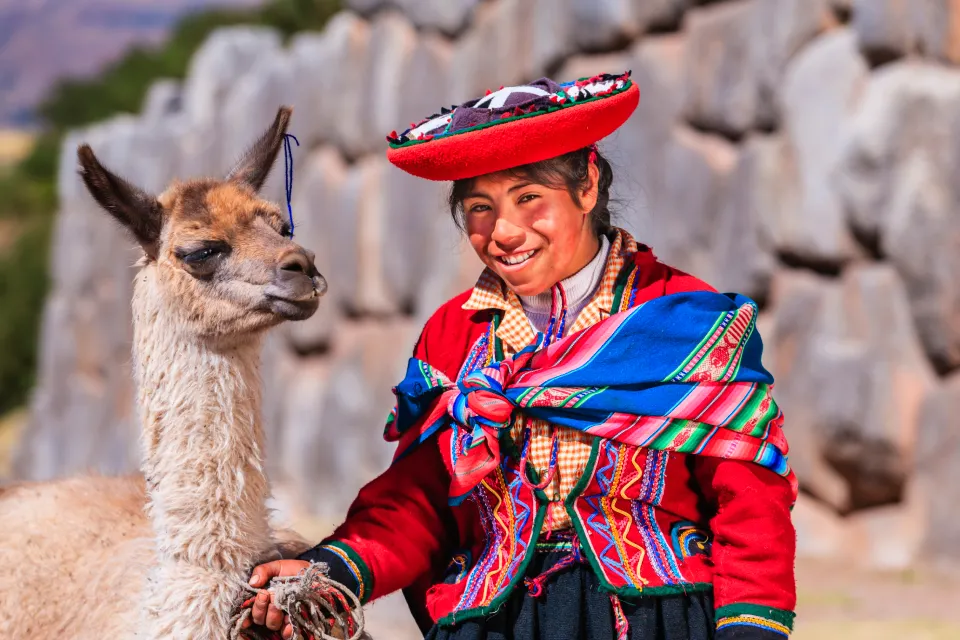
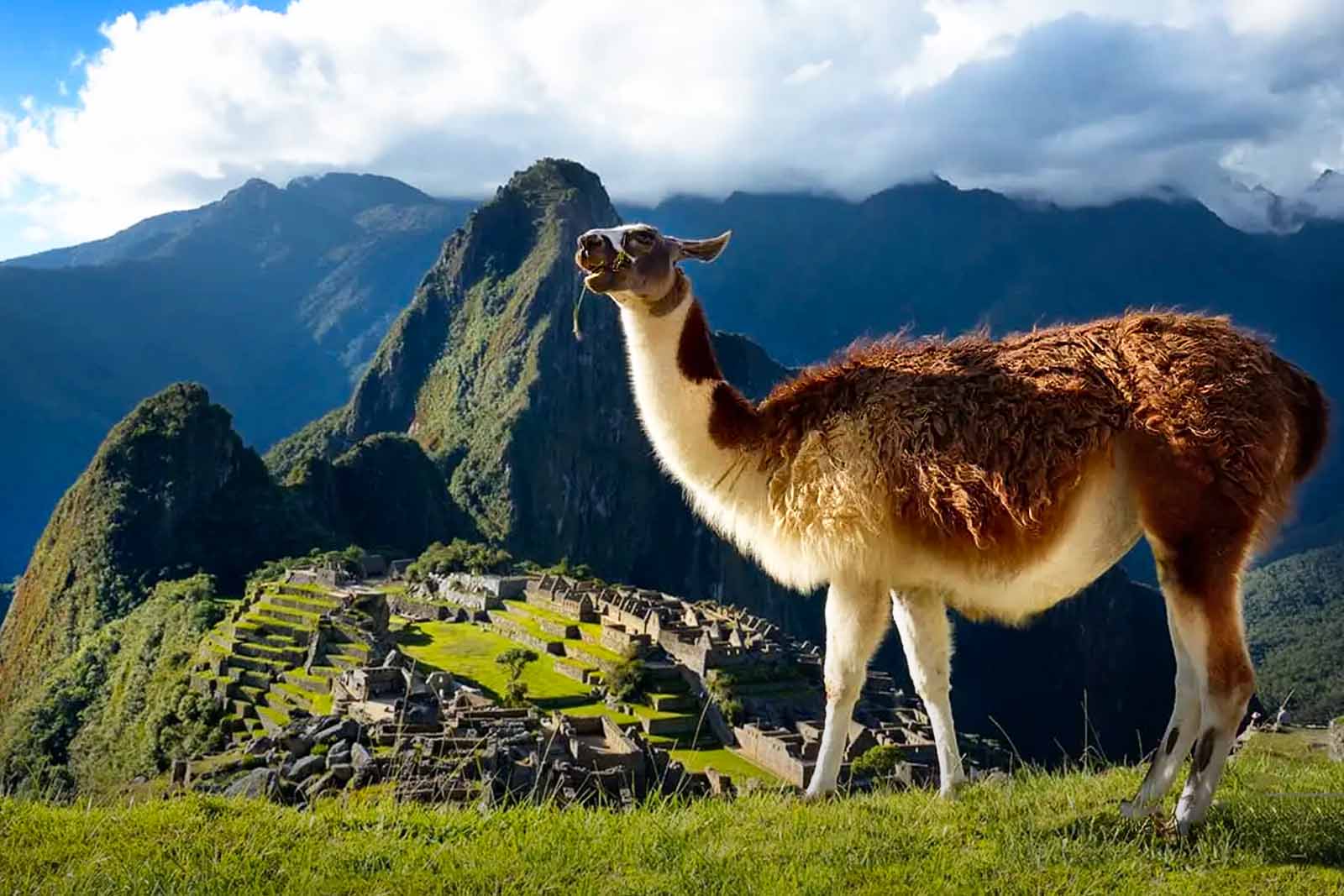
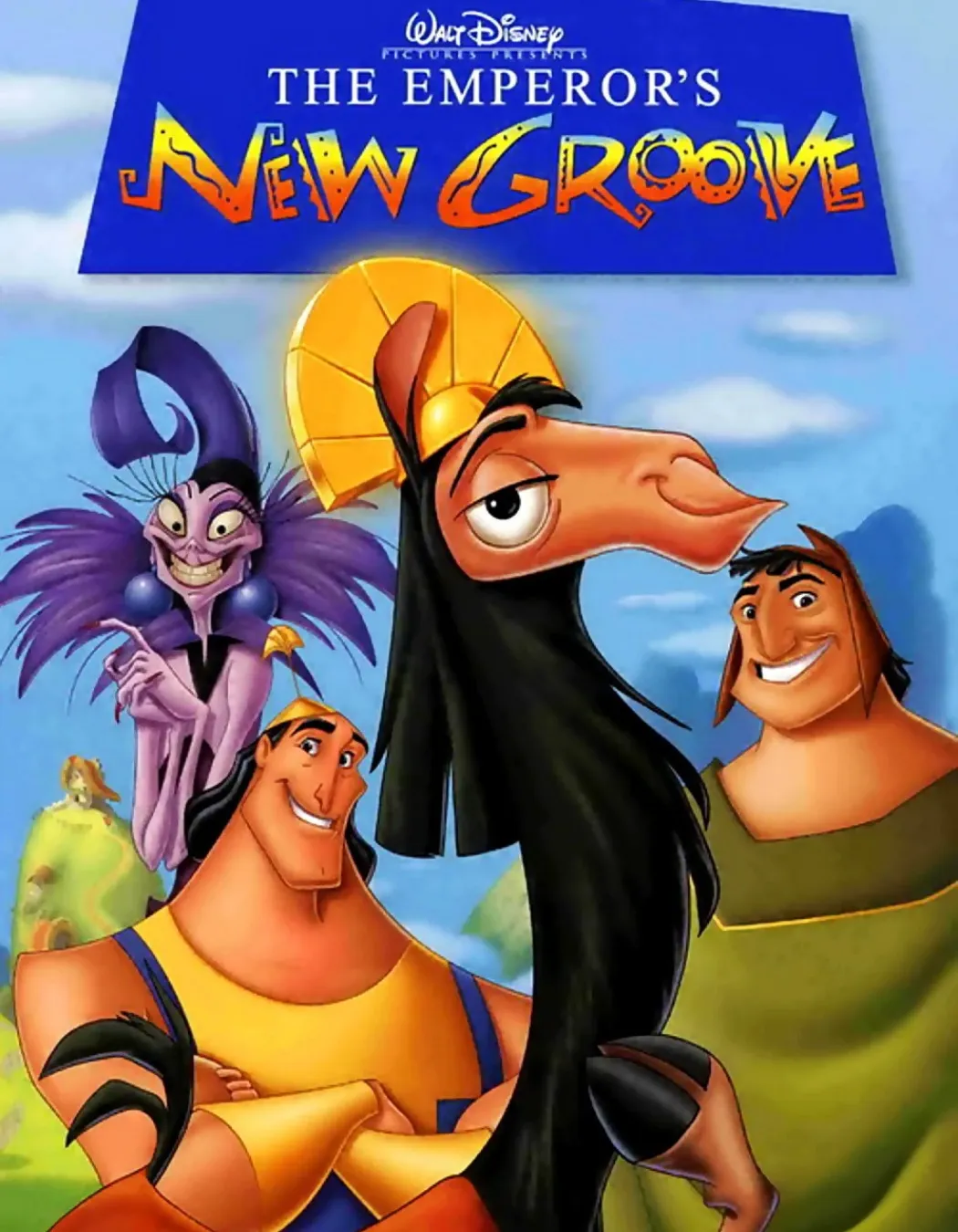
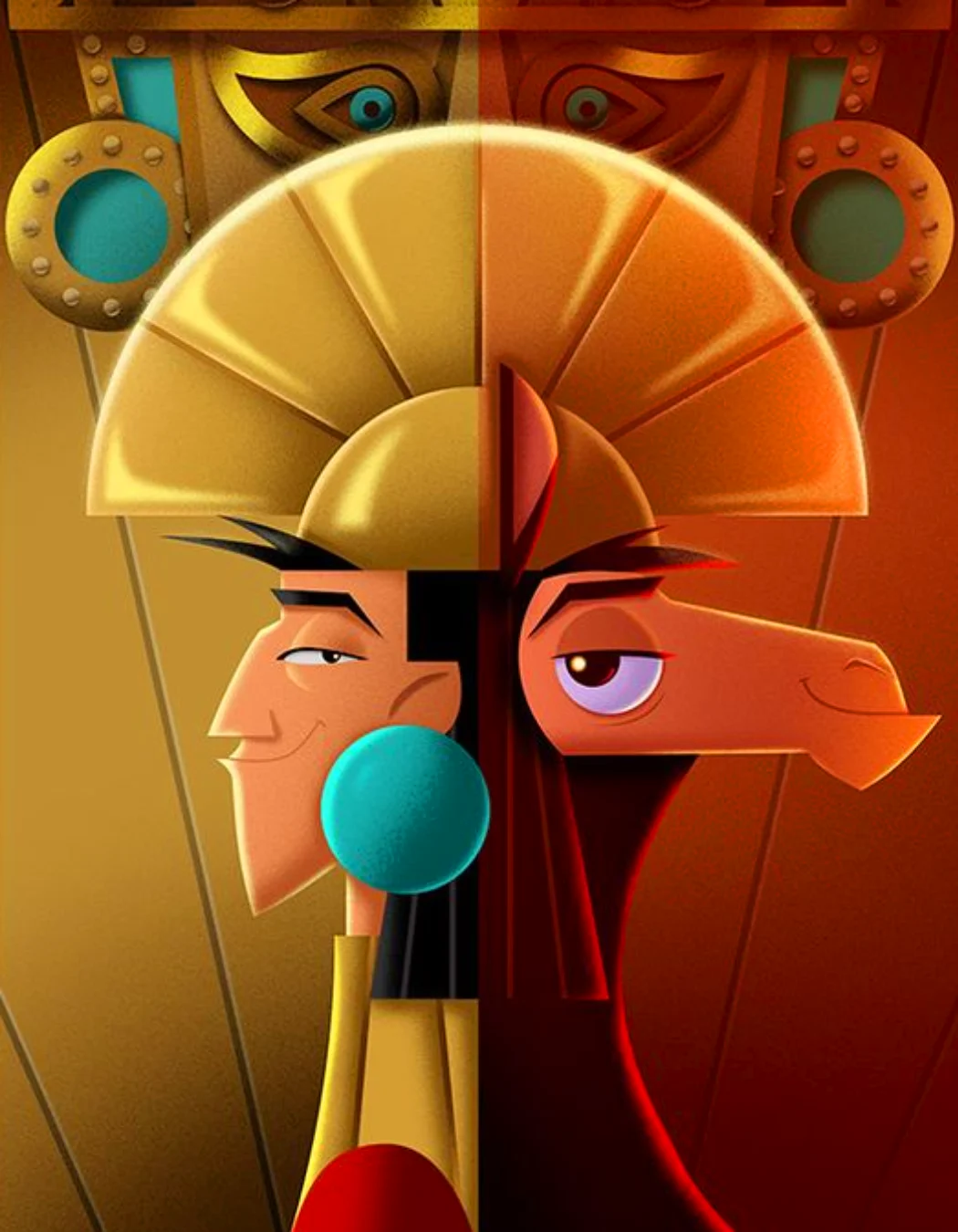
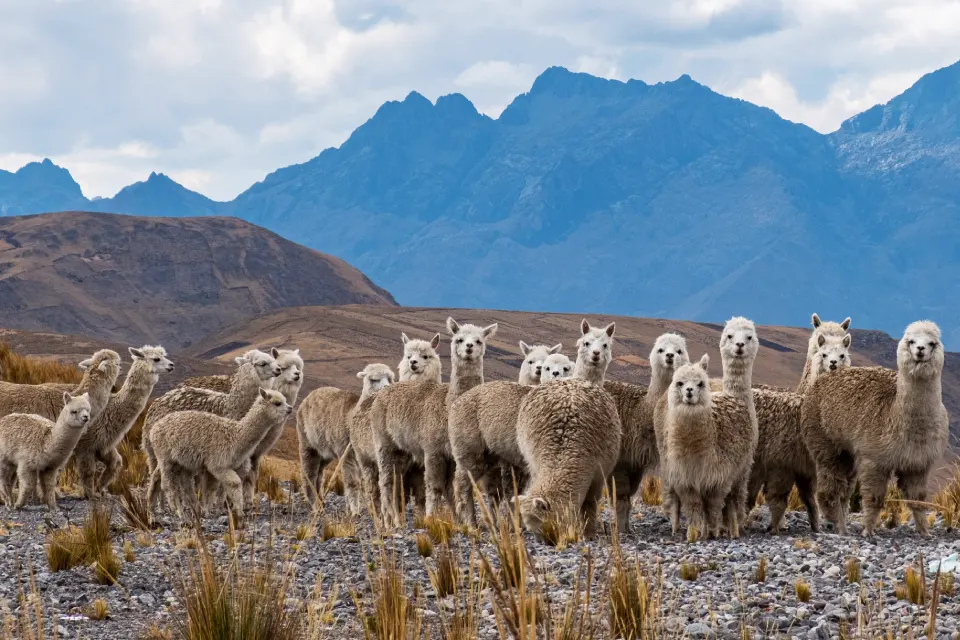
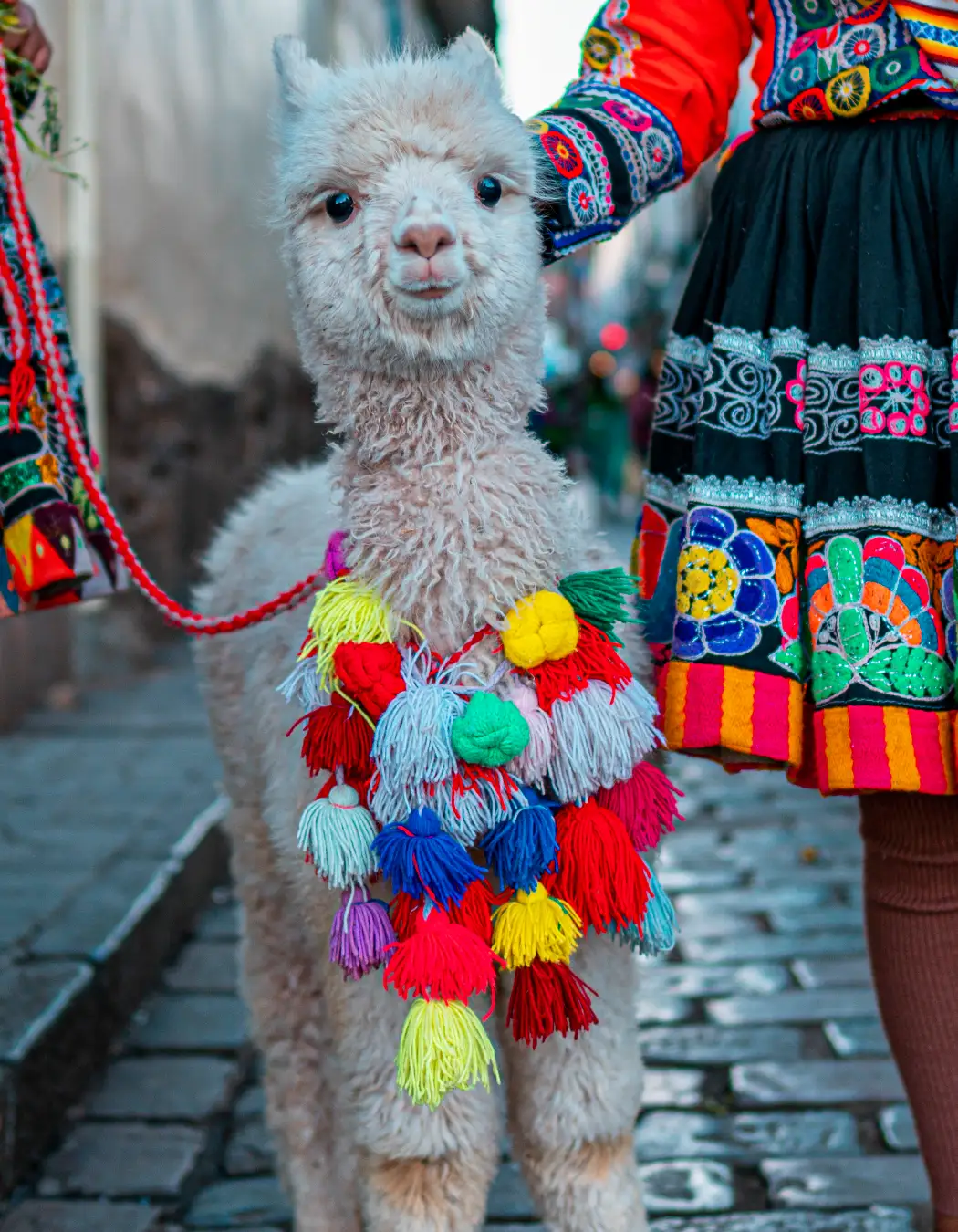
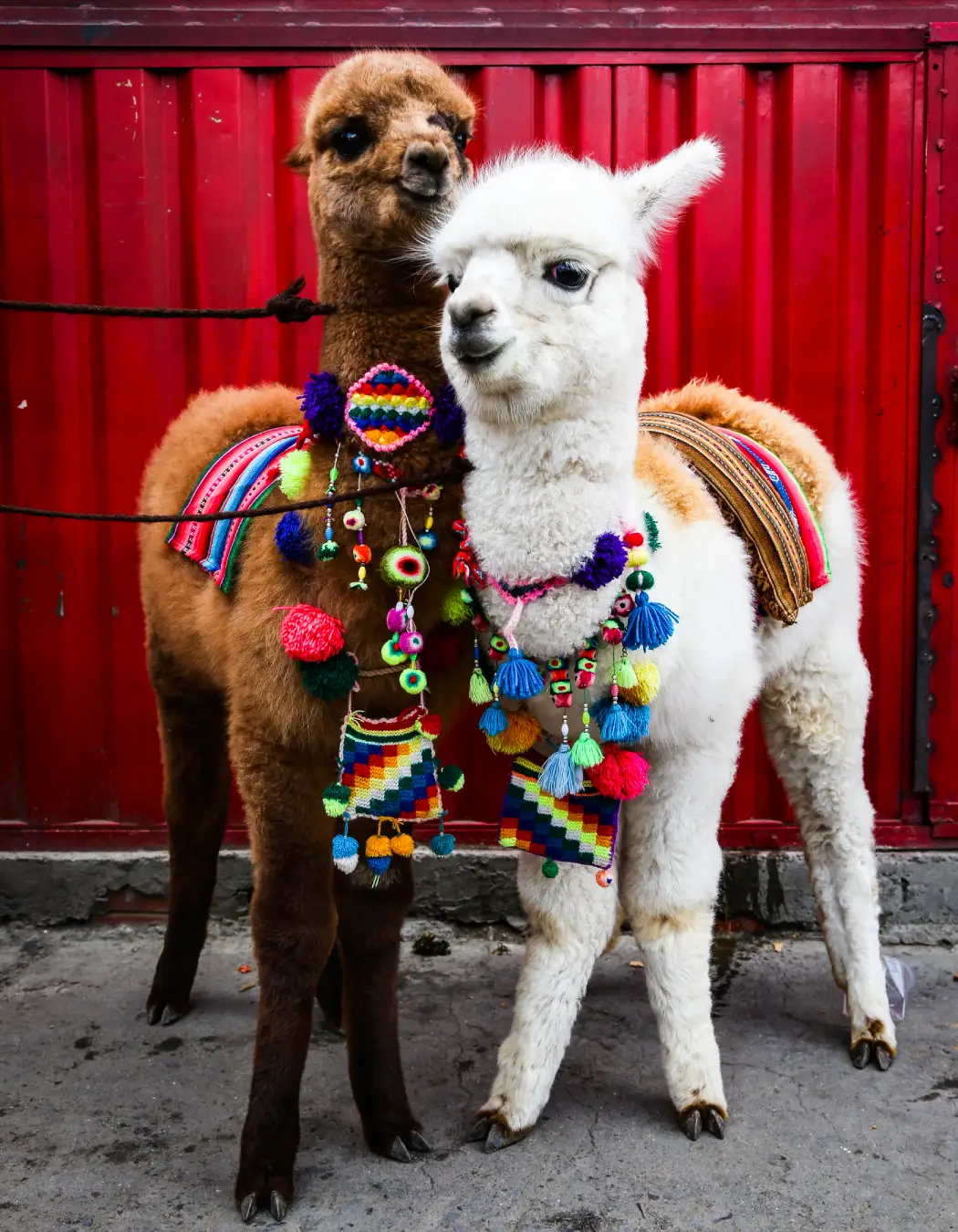
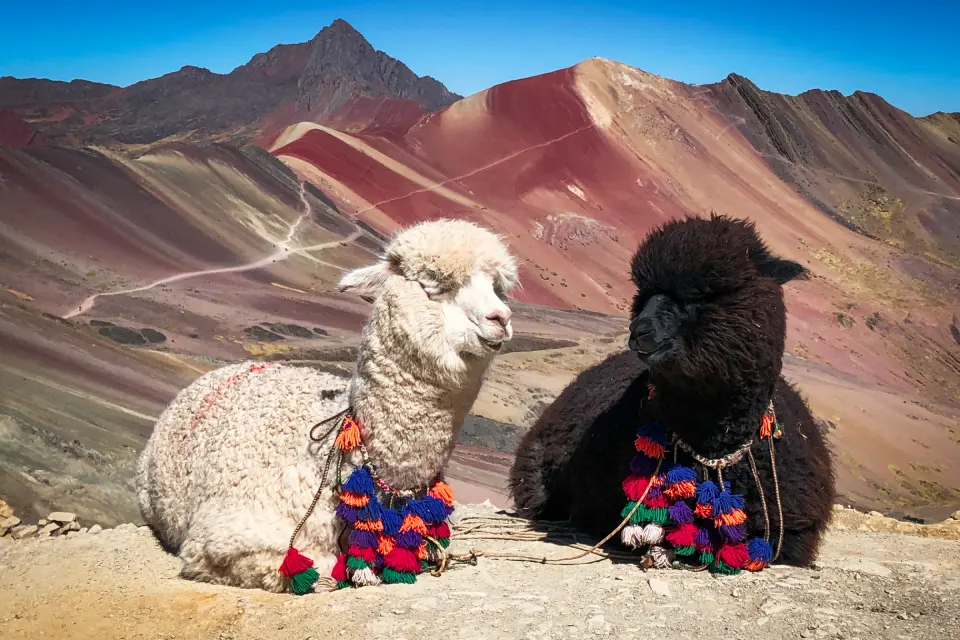

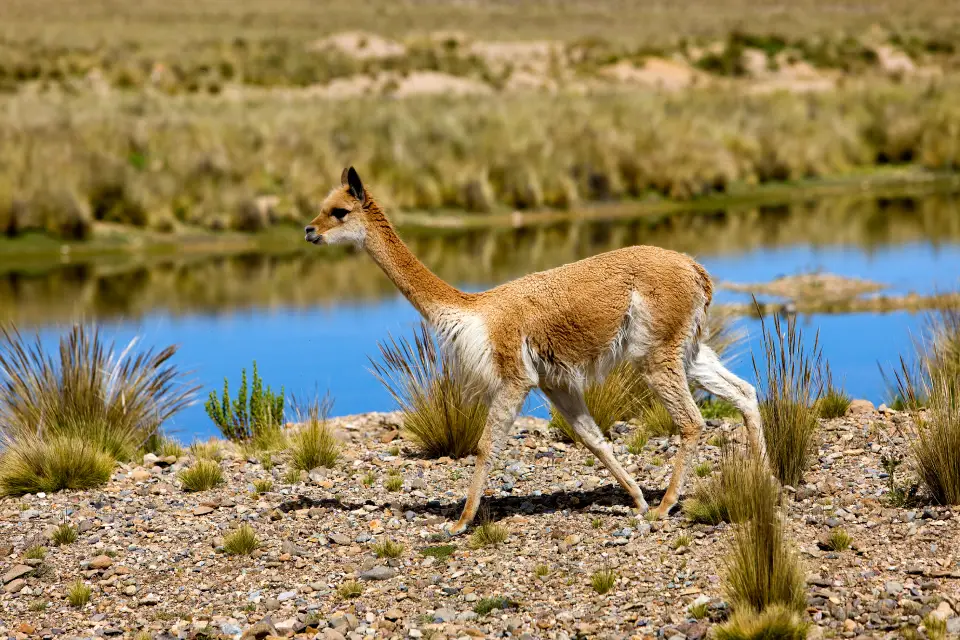
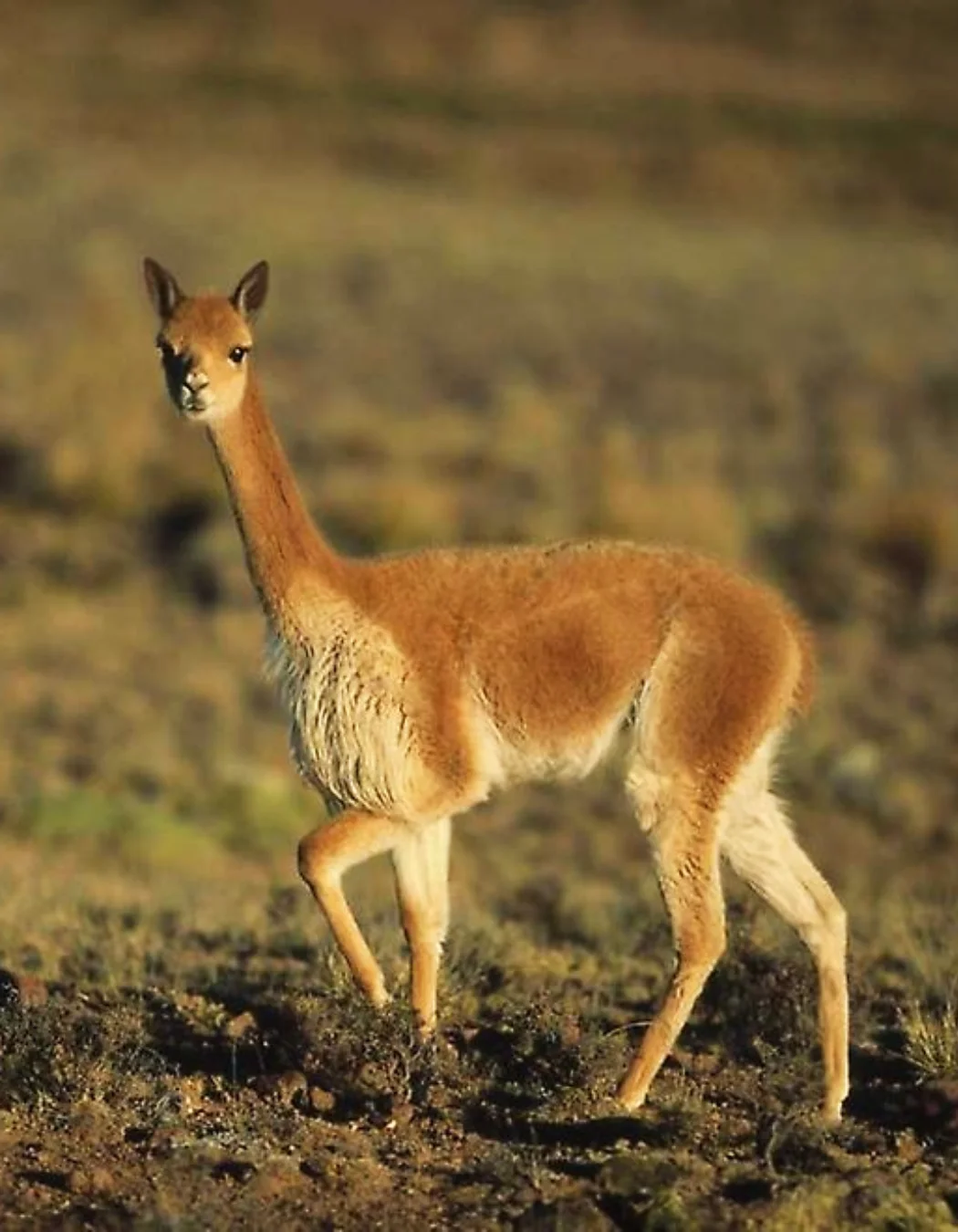

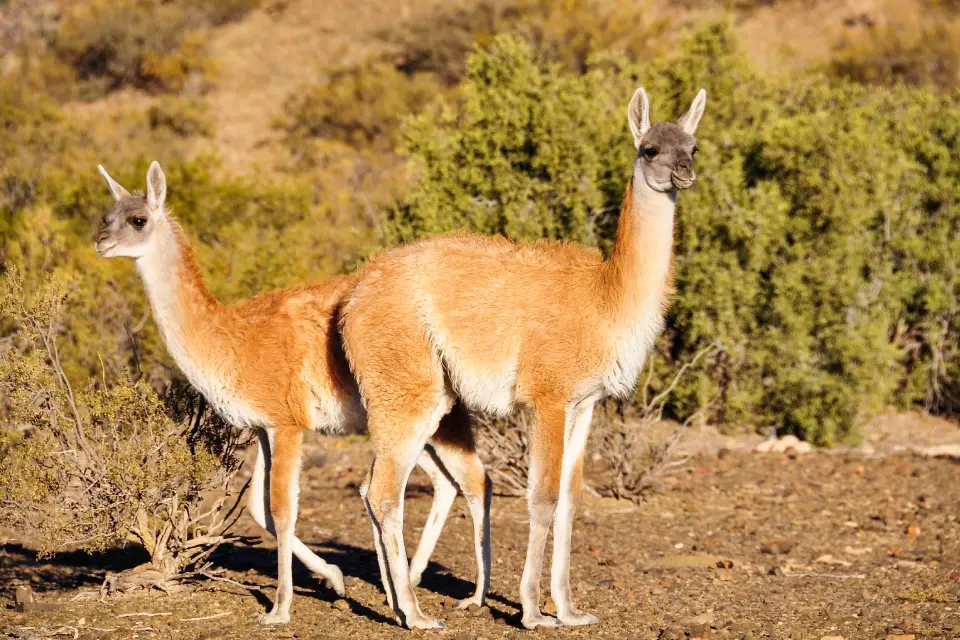
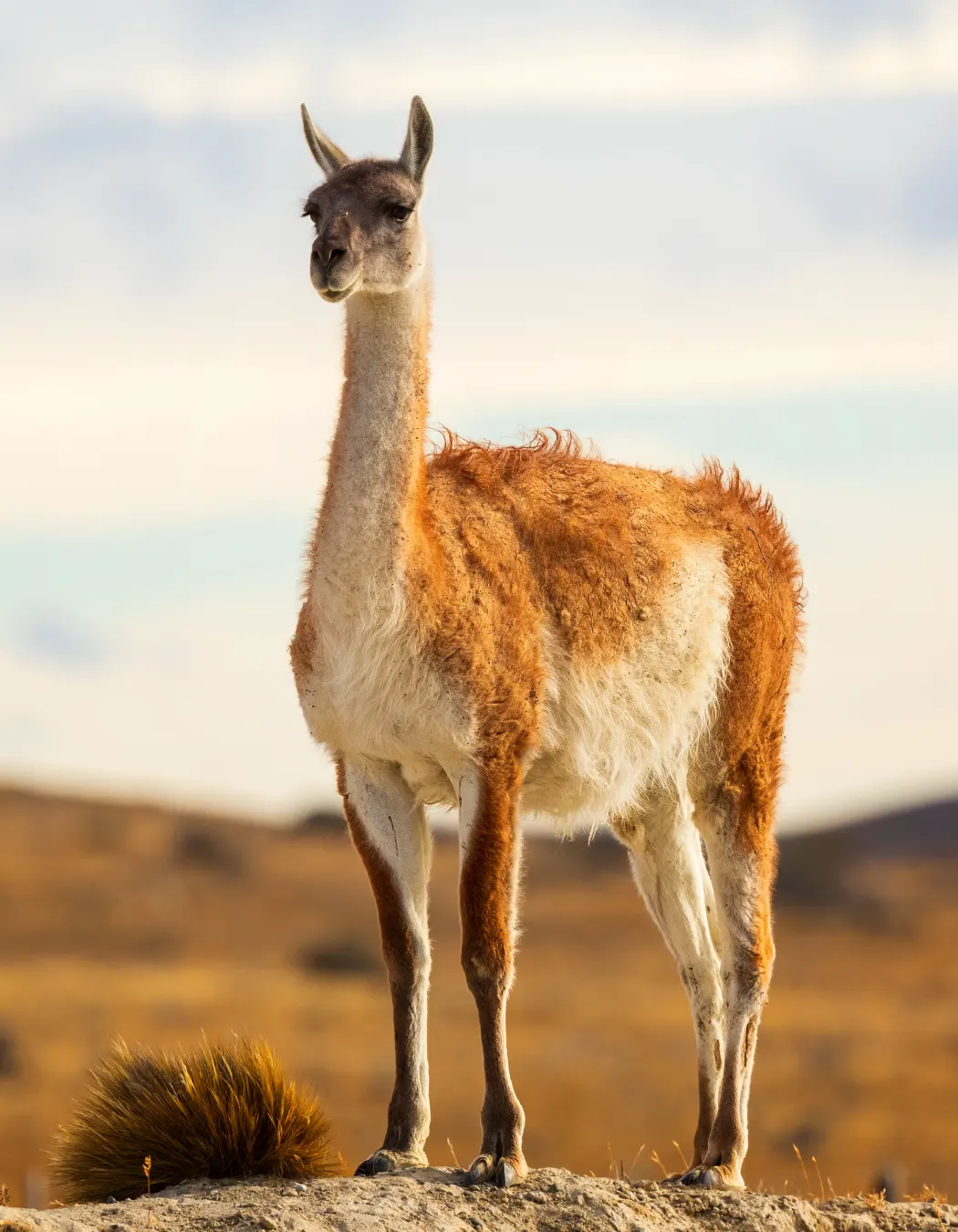
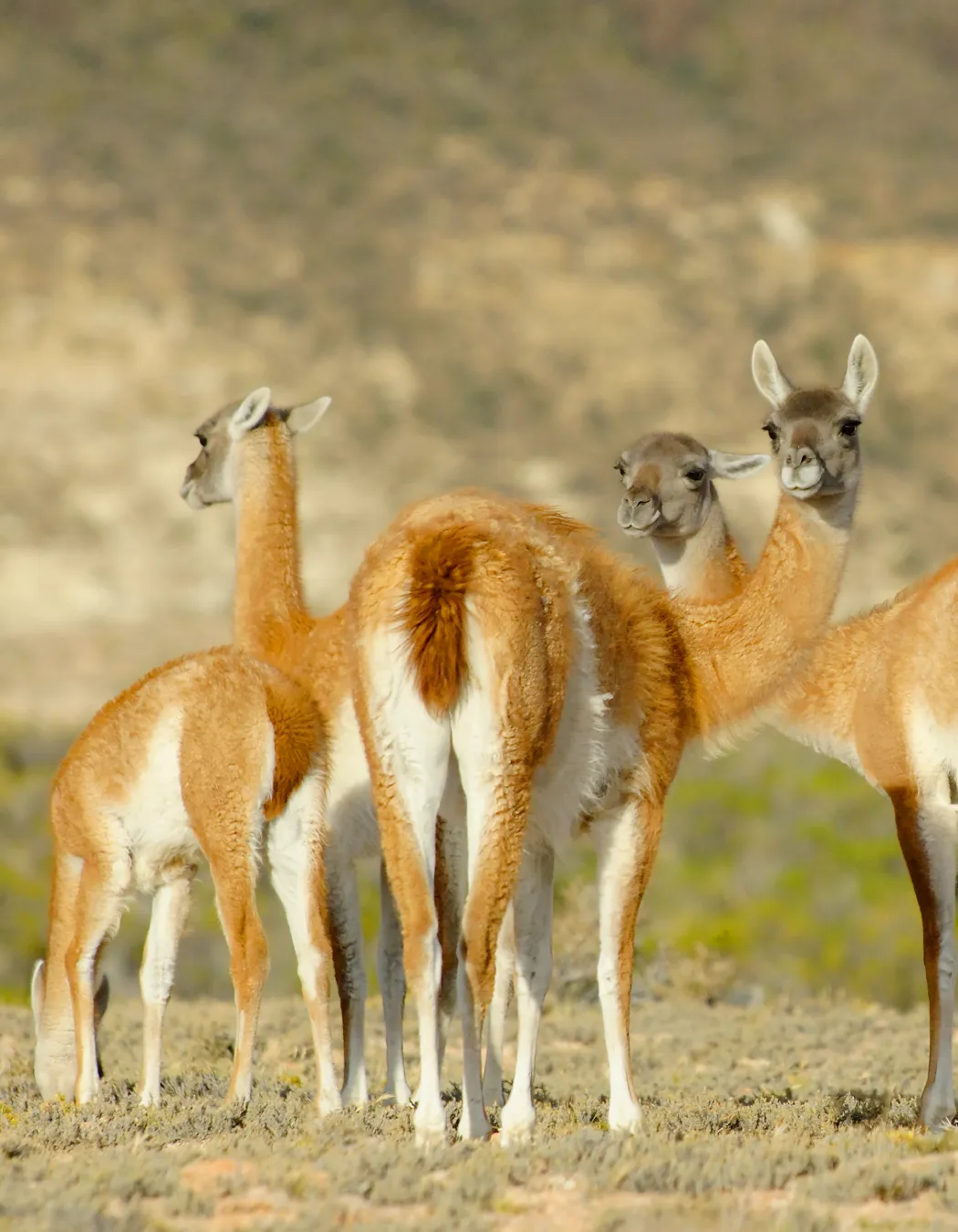
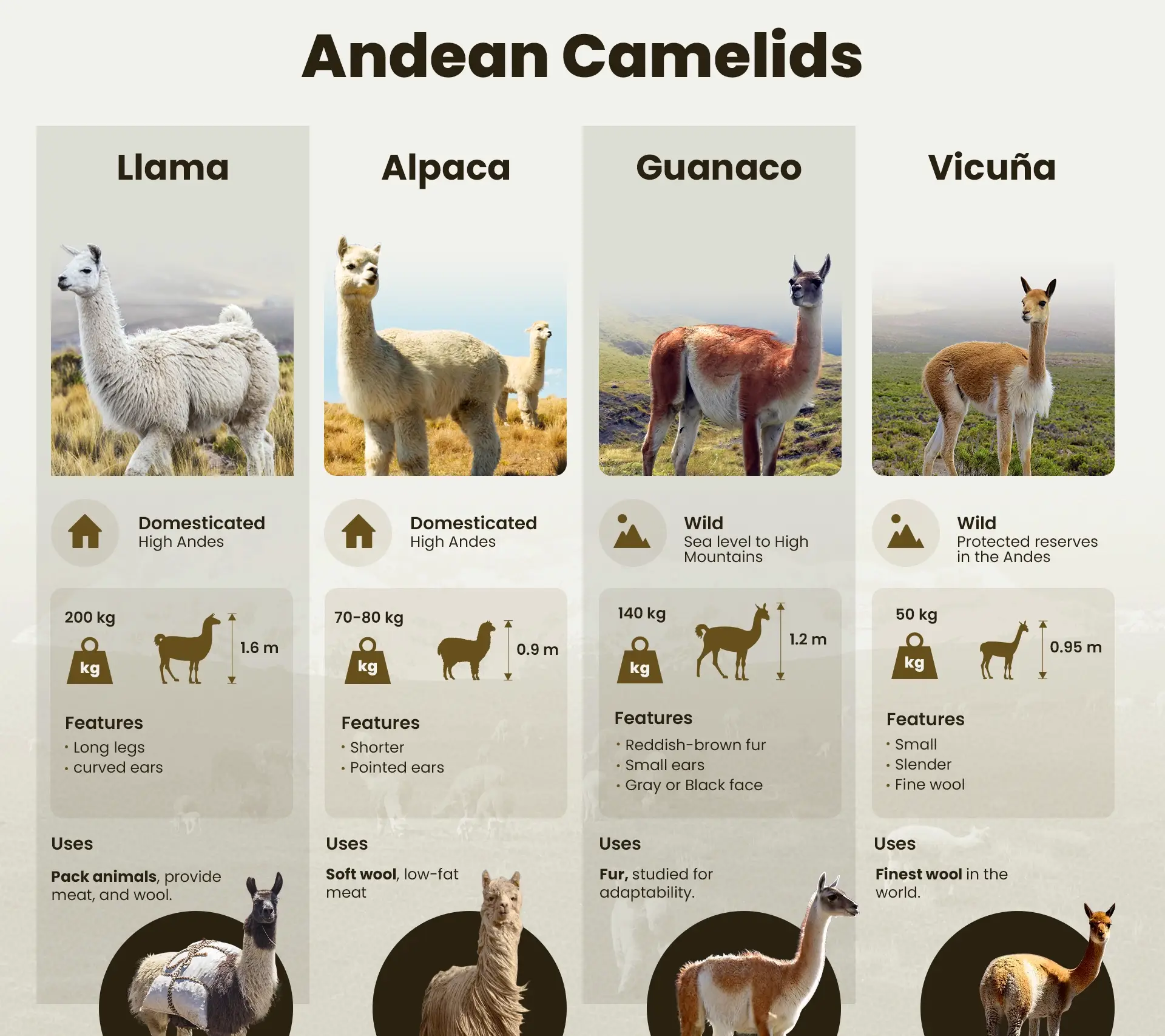

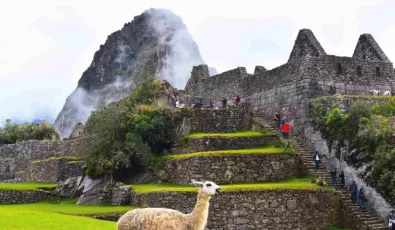
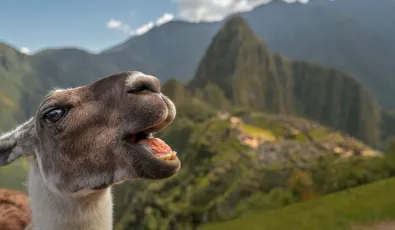
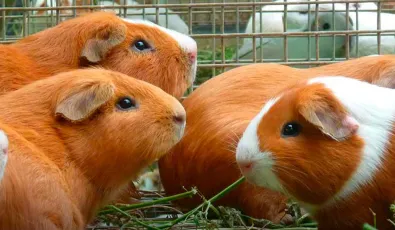

travels
Esauriente , approfondito , mi ha ricordato con commozione il mio viaggio di nozze in perù (40 anni orsono!9
Add new comment